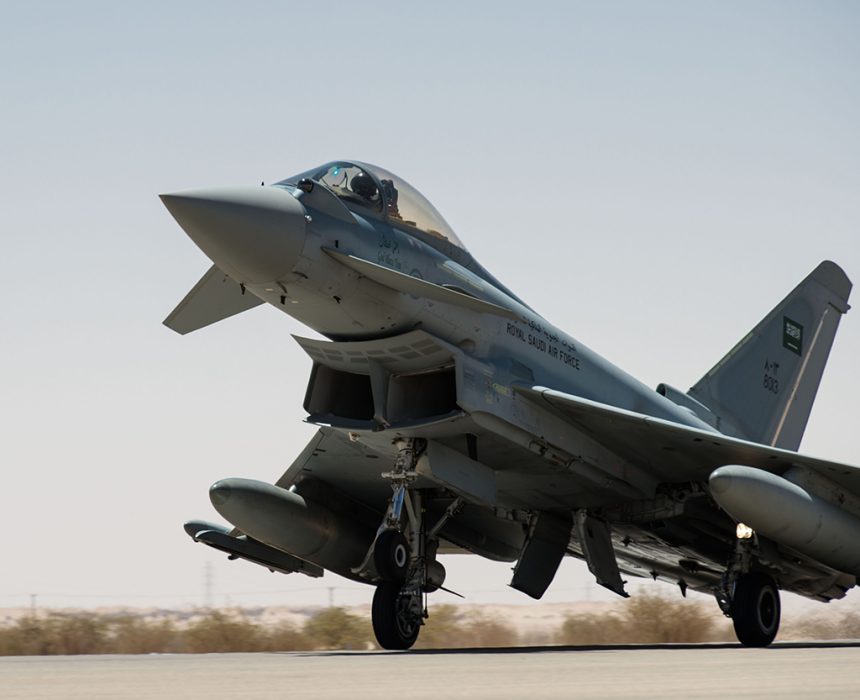Blue Shield-1 exercise underway in Sudan. An interesting opportunity for the Saudi pilots to train with Russian-built combat planes.
The Royal Saudi Air Force has deployed 4 F-15C Eagles and 4 Eurofighter Typhoons, from the 2nd Wing based at King Fahd Air Base, to Sudan for the first time.
The Saudi combat planes have arrived at Merowe Air Base, located about 330 km to the north of Khartoum, to take part in Ex. Blue Shield-1, a joint aerial exercise with the Sudanese Air Force, until Apr. 12.
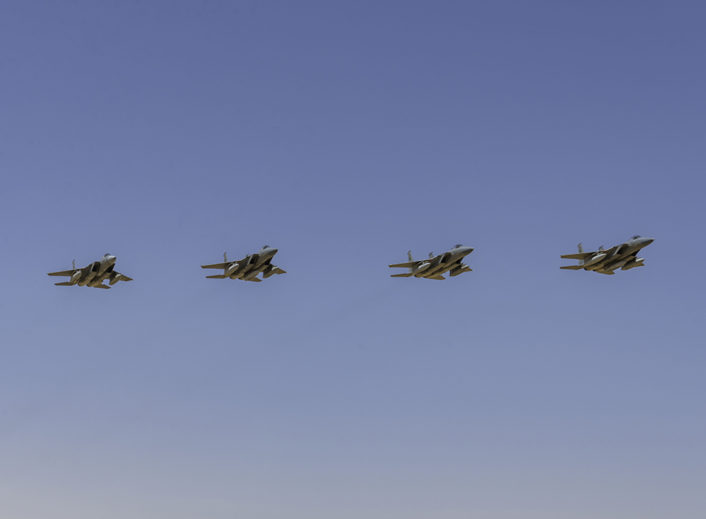

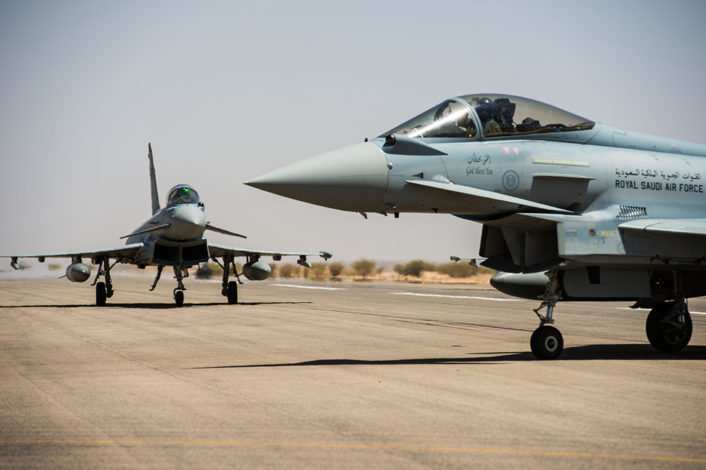
The Sudanese Air Force is taking part in the drills with 24 aircraft including MiG-29 Fulcrum, Su-25 Frogfoot and Su-24 Fencer jets as well as Mi-17 Hip helicopters.
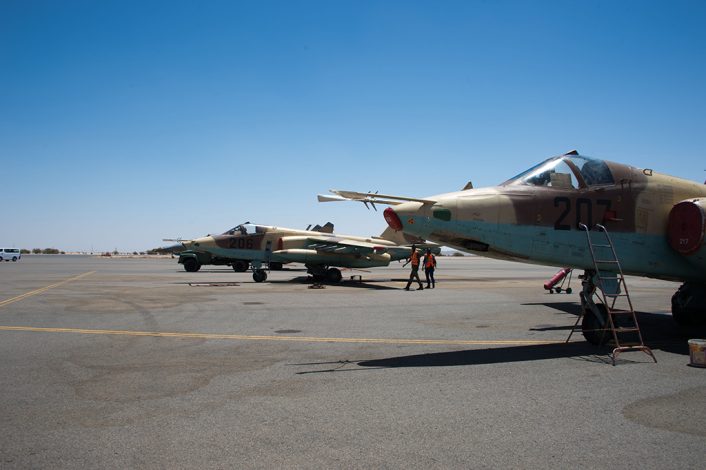
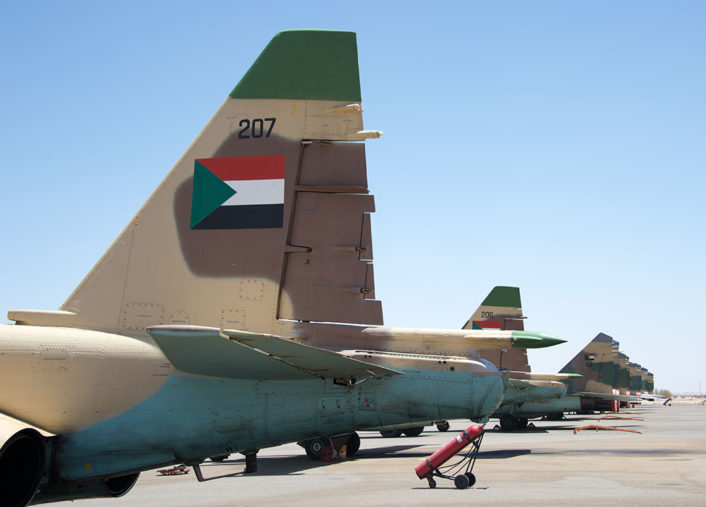
Blue Shield -1 exercise is the very first aerial exercise between the two nations therefore it represents an interesting opportunity for the RSAF pilots to train flying with and aganist Russian “hardware.”
Interestingly, the RSAF hasn’t deployed any twin seaters to Sudan, which will not give the Sudanese any chance for orientation rides aboard the Saudi “western” aircraft.
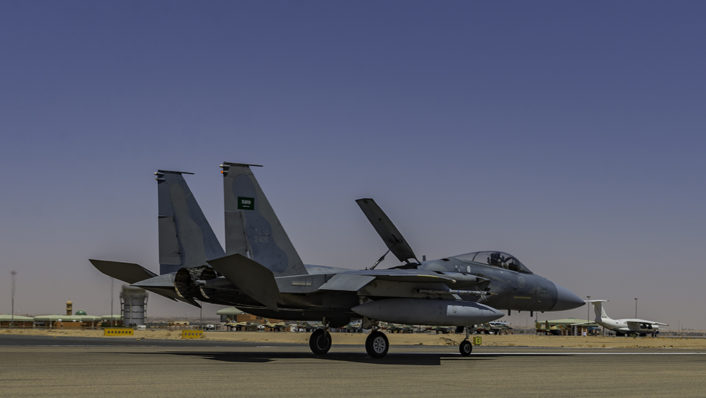
The Saudi F-15S and Typhoons have taken part in the air strikes in Yemen, as part of Operation Decisive Storm, the Saudi Arabian-led intervention in Yemen, since Mar. 26 2015. A RSAF F-15S crashed in the Gulf of Aden during the opening day of the air war; its two pilots ejected safely and were recovered from the sea by a USAF HH-60G rescue helicopter. Although Houthi and Iranian sources stated that the Eagle was shot down, Saudi and Arab coalition authorities denied such reports.
Those deployed to Sudan are the “legacy” Eagle, less advanced than the “S” and F-15SA, derived from the F-15E Strike Eagle, and the most modern Eagle variant ever produced: they are equipped with the APG-63V3 Active Electronically Scanned Array (AESA) radar, a digital glass cockpit, JHMCS (Joint Helmet Mouted Cueing System), Digital Electronic Warfare System/Common Missile Warning System (DEWS/CMWS), IRST (Infra Red Search and Track) system, and able to carry a wide array of air-to-air and air-to-surface weaponry, including the AIM-120C7 AMRAAM (Advanced Medium Range Air-to-Air Missile) and the AIM-9X Sidewinder air-to-air missiles, the AGM-84 SLAM-ERs, the AGM-88 HARM (High-speed Anti-Radiation Missile) and the GBU-39 SDBs (Small Diameter Bombs) on 11 external hardpoints.
The RSAF has received its first of 84 F-15SA at King Khalid Air Base (KKAB) in Saudi Arabia via RAF Lakenheath, on Dec. 13, 2016 (the day after the Israeli received their first 5th generation F-35I).
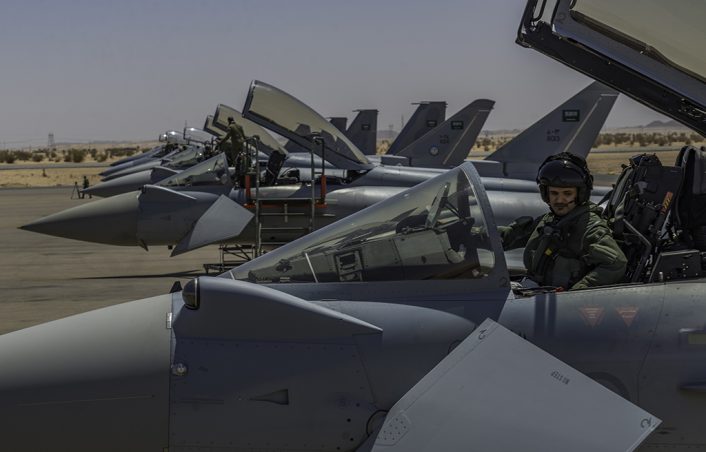
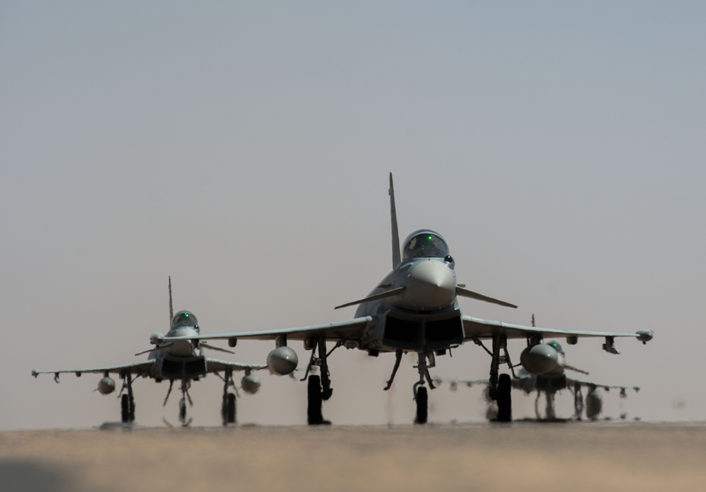
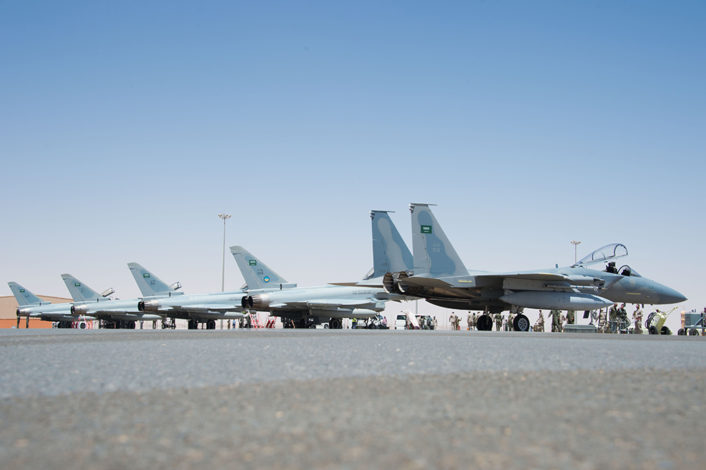
In 2015 Sudan moved away from its longstanding alliance with Iran and joined the Saudi-led air coalition against Yemen’s Shia Houthi militia group.
H/T to Mohamed Khaled (@MbKS15) for providing additional information about the exercise. Image credit: Fahad Rihan

